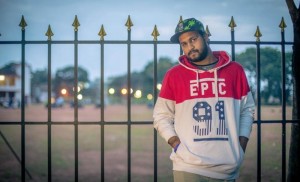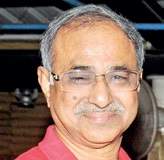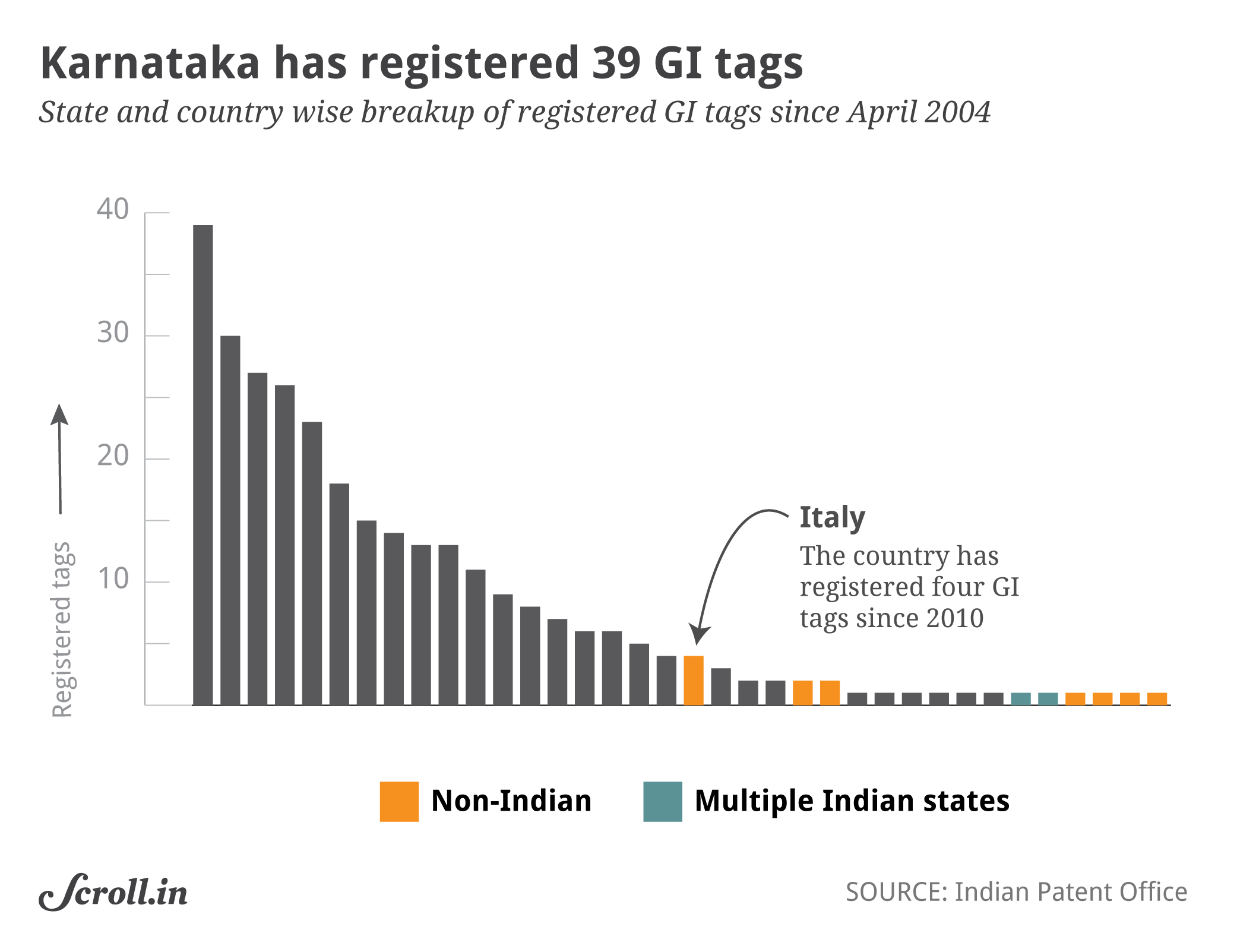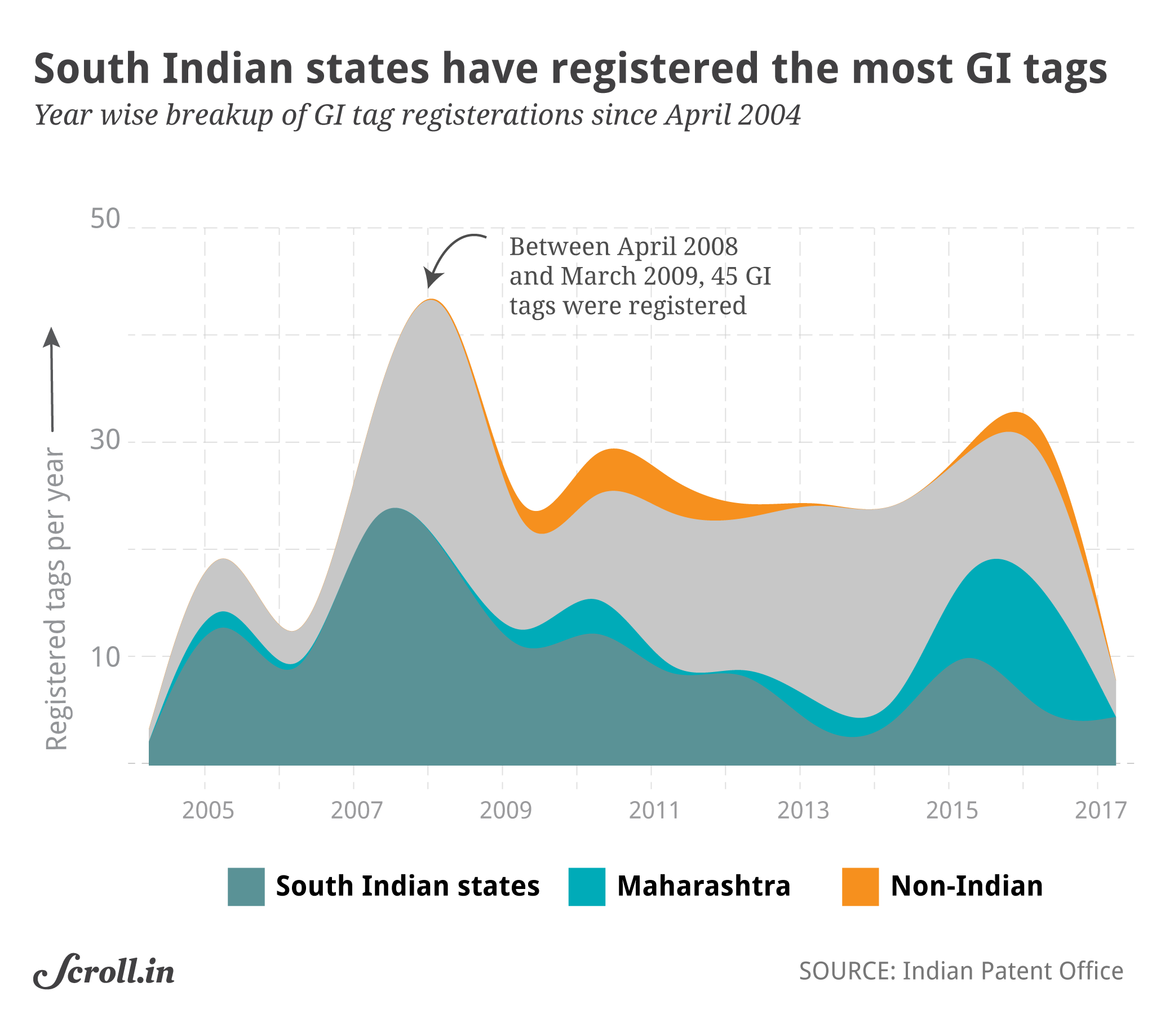
‘The earliest inscription in which all the 9 numerals have been engraved is the one at Gudnapur’
While the Halmidi inscription is the earliest known inscription documenting the Kannada script and is well celebrated, a history scholar has sought to throw light on the Gudnapur inscription – another inscription of equal historical importance though one that is not as well known.
This is being done in the light of the Kannada sahitya sammelana that began in Mysuru on Friday.
N.S. Rangaraju, retired professor, Ancient History and Archaeology, University of Mysore, has sought to highlight the origin and evolution of the Kannada numeral as found in inscriptions. He said that in some of the early Karnataka inscriptions, there are instances of a couple of Kannada numericals. “But the earliest inscription in which all the 9 numerals have been engraved is the Gudnapur inscription engraved during the time of Kadamba Ravivarma,” he said.
The proper dating of the engraving of the inscription is not available and as per available records, the date of the Kadamba Ravivarma is 485 A.D. to 519 A.D.
Hence, it might have been engraved in the early 6th century A.D., Dr. Rangaraju said. While the Halmidi inscription if the first and earliest Kannada inscription, the Gudnapur inscription is the first with the nine Kannada numerals and hence is historically significant, he said.
Describing the discovery, he said that B.R. Gopal, an epigraphist and a great scholar, was engaged in field work in 1971 in Banavasi region. About five km from Banavasi is Gudnapur where Dr. Gopal discovered a 16 feet high stone pillar.
“Like the Banavasi inscription of Kadamba Mrigesvarma, this Gudnapur inscription is also engraved from bottom to top and there are 27 lines of writing,” Dr. Rangaraju said.
Pointing out the numerals present in the inscription, Dr. Rangaraju said number 1 figures in line 18; 2, 3, 4 and 5 in the line 19; 6 in line 20, 7 and 8 in line 21 and 9 in the line 22.
source: http://www.thehindu.com / The Hindu / Home> National> Karnataka / by Special Correspondent / Mysuru – November 25th, 2017








![Photo credit: Wikimedia Commons [Public Domain]](http://www.bangalorefirst.in/wp-content/uploads/2017/11/GI05BF25nov2017-300x199.jpg)
